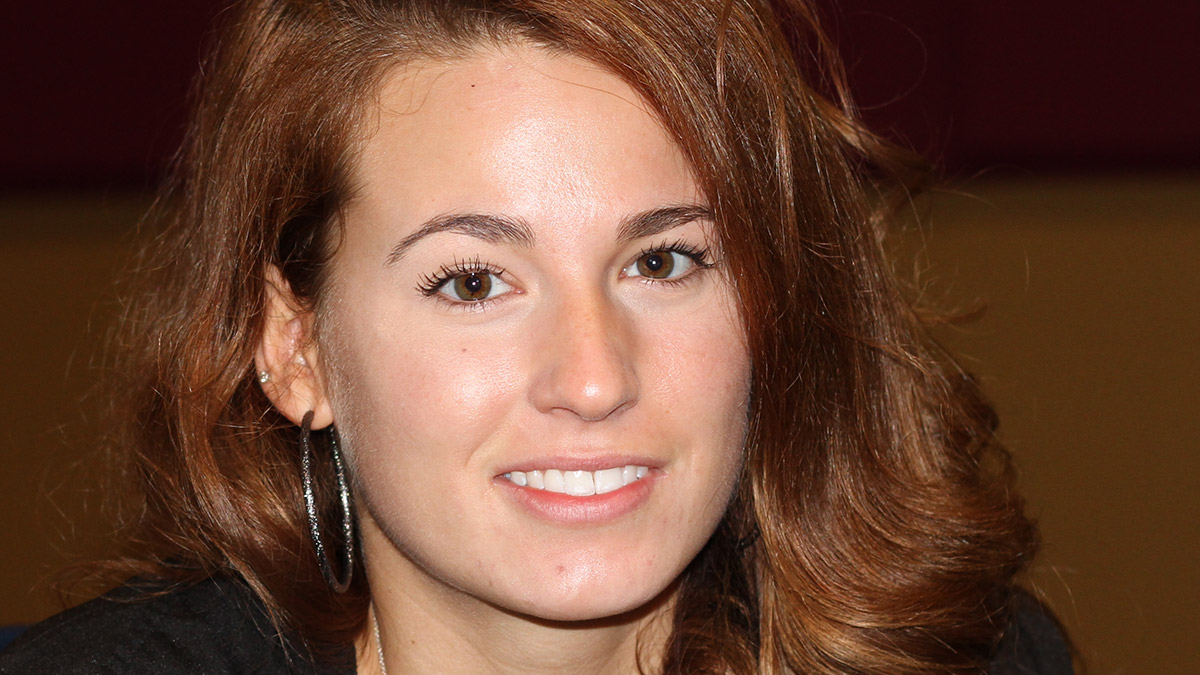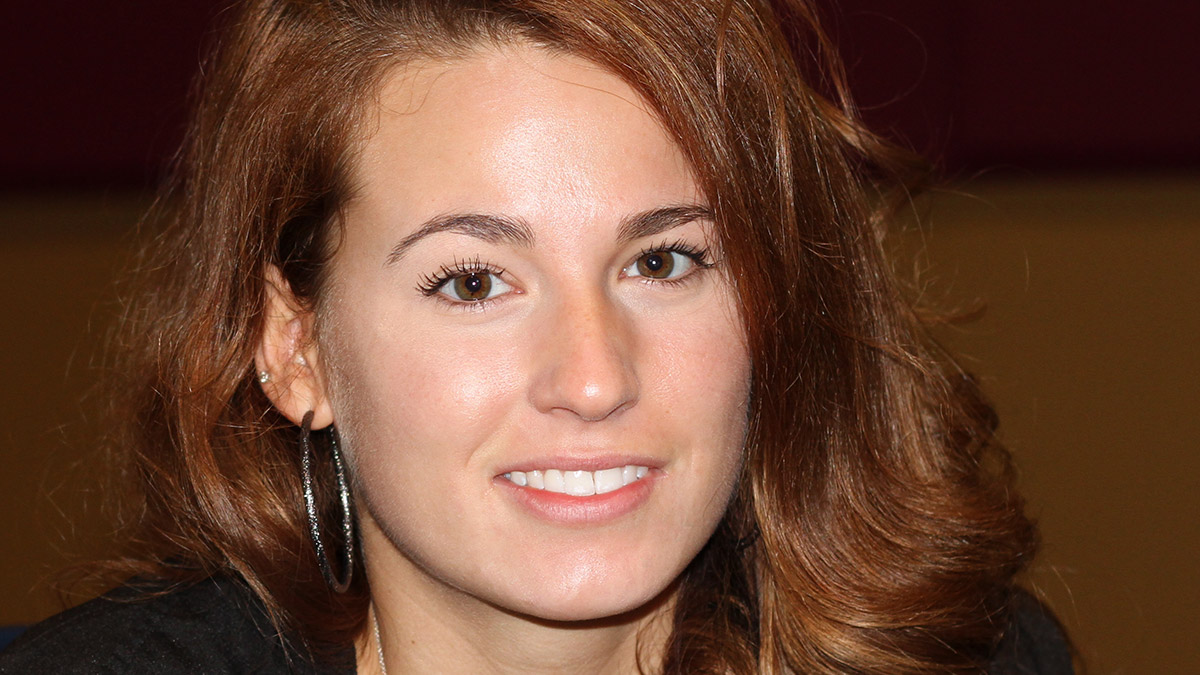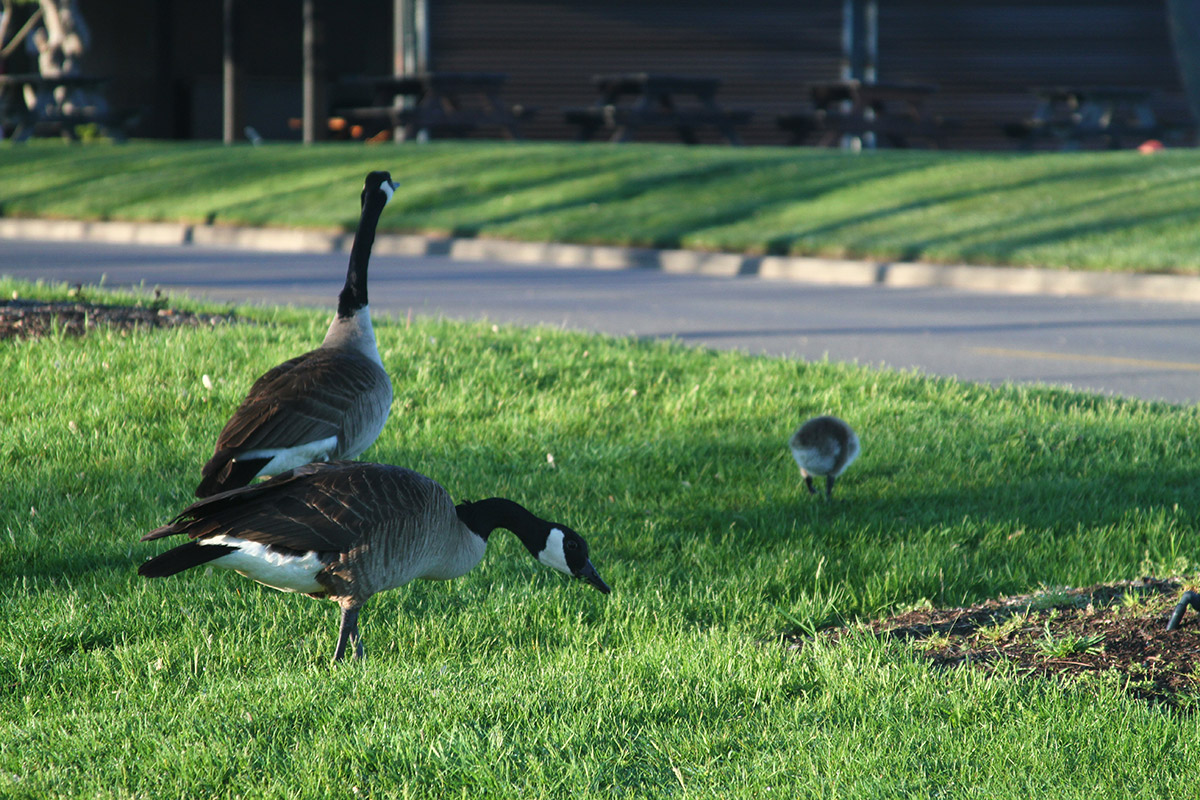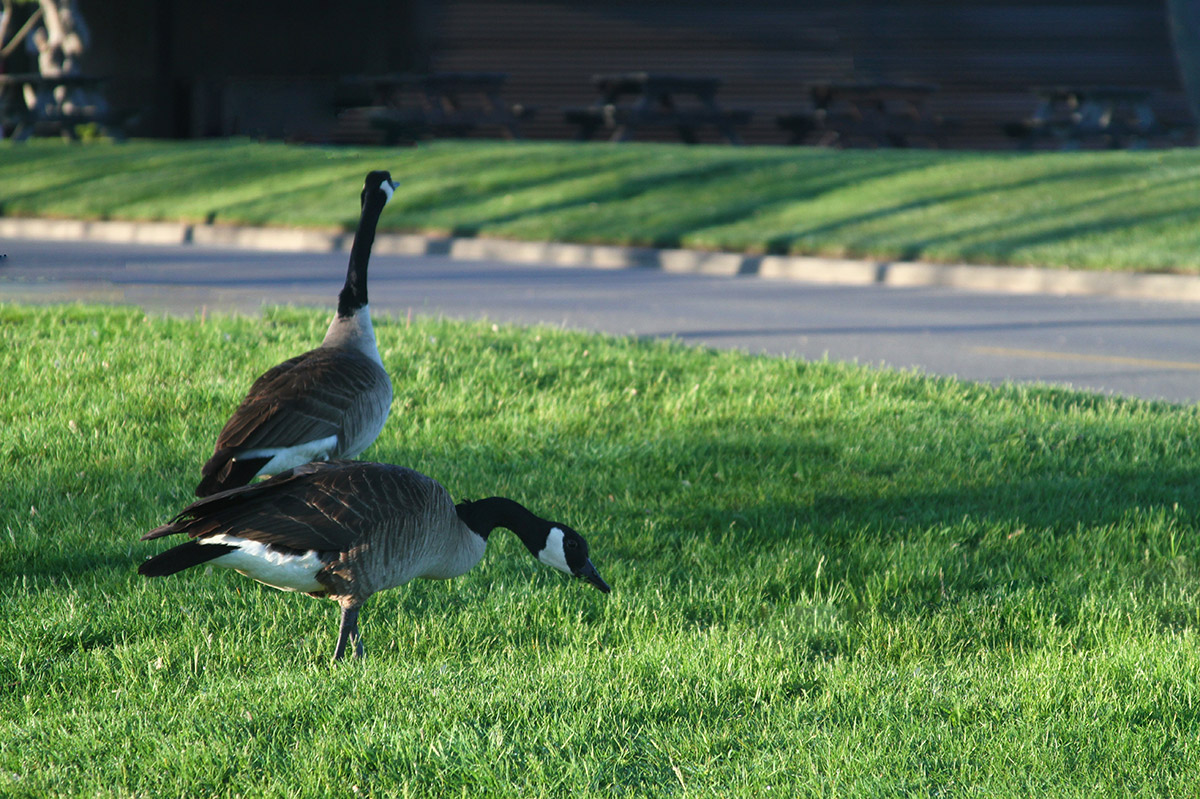
[vc_row][vc_column][vc_column_text]
Meet Alister Benn
[/vc_column_text][vc_empty_space height=”15px”][vc_column_text]I’ve been making photographs since I was a teenager, with growing aptitude and confidence. At the end of each year I reflect on the past 12 months and usually conclude that I like my most recent work the most. Why should this be? It is not always the case that I have been to the most dramatic landscape in the world, or had the best light, or upgraded to the latest camera. Instead, I have concluded that my preference for my most recent work is because it represents the best version of me, as I am today.
As we entered 2017, I made a commitment to diarize my personal and creative development and summarize it in a quarterly article. Here is my opportunity to share the little and the large revelations I feel are contributing to my own creative growth, along with some of my most recent images.
[/vc_column_text][vc_empty_space height=”15px”][qodef_blockquote text=”At the end of each year I reflect on the past 12 months and usually conclude that I like my most recent work the most. Why should this be?” title_tag=”h3″][vc_empty_space][/vc_column][/vc_row][vc_row][vc_column][vc_row_inner][vc_column_inner][vc_single_image image=”56824″ img_size=”large” alignment=”center” onclick=”link_image”][vc_column_text]
Winterscape
[/vc_column_text][vc_empty_space][/vc_column_inner][/vc_row_inner][vc_column_text]
December
[/vc_column_text][vc_empty_space height=”15px”][vc_column_text]
In the middle of the month, at the end of our workshop season, the weather here on the Isle of Skye was foul; storm after storm battered the island and I was stuck in the house for days. Occasional hikes in gales only darkened my melancholy and I was frustrated, troubled with how my increasingly introspective images would fit into a contemporary social media context. Christmas came and went and as I entered the New Year I did so with my usual bird count around the local bay. As I hiked in the mid winter gloom, I knew I had to take some drastic action, and when I got home mentioned to my wife that perhaps we should take a trip to Western China to check out the deserts of the Silk Road.
[/vc_column_text][/vc_column][/vc_row][vc_row][vc_column][vc_empty_space][vc_row_inner][vc_column_inner][vc_single_image image=”56838″ img_size=”large” alignment=”center” onclick=”link_image”][vc_column_text]
Harmonic III
[/vc_column_text][vc_empty_space][/vc_column_inner][/vc_row_inner][vc_column_text]
January
[/vc_column_text][vc_empty_space height=”15px”][vc_column_text]
On the 3rd of January we drove over to Inverness and flew to Urumqi in Xinjiang Province for three weeks exploring some areas we’d never been to. We’ve always been a spontaneous couple, but this was quick, even for us! I’ve had an adventurous life, but I wasn’t prepared for this place: The tallest static sand dunes in the world, rising to over 1700 feet covering an area half the size of Scotland. The driver, plus my wife and I were the only people within thousands of square miles, apart from a very few isolated farmsteads, which are home to the hardy camel/goat herders. Each day we would drive the Land cruiser for miles, up and over these monster dunes, vista after vista of unbelievable scale and majesty. Oh, and it was -20C!
On day two I had an epiphany – a true eureka moment. In a landscape where everything is sand, with no traditional subjects, I had to recalibrate the way I see!
For some time I have been interested in our innate ability to appreciate the aesthetic, and in the desert I started to allow my mind to wander unconstrained over the landscape – subconscious, experiential seeing, the feeling of seeing, what I now call The Chi of Seeing. I would simply stare unfocussed on the flow of the landscape and make photographs at the moments when I was compelled to do so by the feel of the relationships I subconsciously responded to!
[/vc_column_text][vc_empty_space height=”15px”][qodef_blockquote text=”What I was responding to was how the underlying geometry of the landscape made me feel. ” title_tag=”h3″][vc_empty_space height=”15px”][vc_column_text]
In one metaphorical CTR-ALT-DEL moment, I had rebooted my brain from a traditional western cultural upbringing, to one that was unconstrained and free to make personal judgements on what I found aesthetic, regardless of their adherence or not to concepts of correctness.
[/vc_column_text][/vc_column][/vc_row][vc_row][vc_column][vc_empty_space][vc_row_inner][vc_column_inner][vc_single_image image=”56835″ img_size=”large” alignment=”center” onclick=”link_image”][vc_column_text]
In the Labyrinth
[/vc_column_text][vc_empty_space][/vc_column_inner][/vc_row_inner][vc_column_text]
February
[/vc_column_text][vc_empty_space height=”15px”][vc_column_text]
Returning home from China, I had some significant writing commitments to take care of, but I did manage to start looking at the images I had made in the desert. Putting the shots that just showed where we had been to one side, I quickly identified the images I had made based on feel. I graded them 4’s and 5’s in Lightroom and got back to my writing.
Each day, when I was taking a break, I’d take a look at these images and would often find that one in particular would leap out at me and almost demand to be worked, as if it was again clearly communicating directly to my subconscious and articulating a creative direction it wanted me to go in. I’ve spent a lot of time over the years on my processing techniques, and have developed a very innate way of getting the creativity out of my head and into the image with as little thought as possible. All I care about is the WHY, not the HOW.
Through this innate way of seeing and processing, I began to make images that really excited me – to me they were simple, yet profound and each day I was anticipating strengthening that relationship with my work.
The second epiphany of the year came when I realized that the images I responded to each day were different. I am not the same every day; some days I am more energetic, more thoughtful, calmer, optimistic etc. The innate relationships I responded to on each day and how I approached the processing somehow represented a harmony between how I was feeling and the geometry that I found to be aesthetic!
[/vc_column_text][vc_empty_space height=”15px”][qodef_blockquote text=”What I consider to be aesthetic is not constant, it changes with my moods and perspectives.” title_tag=”h3″][vc_empty_space height=”15px”][vc_column_text]
As we started out workshop season again, and traveled up to Iceland for 3 weeks, I was excited to see how this new direction would translate to somewhere I had been to dozens of times, and a completely different environment. And sure enough, I made new images and approached places quite differently from before. There was surely some meat on these bones of development.
[/vc_column_text][/vc_column][/vc_row][vc_row][vc_column][vc_empty_space][vc_row_inner][vc_column_inner][vc_single_image image=”56840″ img_size=”large” alignment=”center” onclick=”link_image”][vc_empty_space][/vc_column_inner][/vc_row_inner][vc_column_text]
March
[/vc_column_text][vc_empty_space height=”15px”][vc_column_text]
From Iceland we went straight to Florida for some large speaking engagements; I spoke on The Psychology of Visual Design and the Complete Creativity, and during both started easing in to my teaching the revelations I was having.
[/vc_column_text][vc_empty_space height=”15px”][qodef_blockquote text=”Creativity is born on a foundation of Technical Excellence.” title_tag=”h3″][vc_empty_space height=”15px”][vc_column_text]
When not working on my art and craft, I like to play guitar, and I’ll admit, I’m not as good as I would like. But I find the more I practice on my craft; left/right hand techniques, accuracy, strength, picking, scales, tone etc, the more creative I can be; allowing my innate sense of the aural aesthetic to come through in my playing.
This sits equally well with photography; the more we have to focus on the HOW, the more suppressed the WHY gets. If you want the innate creativity in you to flow, you have to become technically adept enough in the field and in front of the computer to remove any HOW barriers from getting in the way of your articulation.
I finished the month by running a workshop in Scotland and I’m currently fully engaged in the question of personal taste.
As I write this I am listening to Cello Concertos played by the brilliant Yo Yo Ma – the music creates a harmonic resonance in my office conducive to creative writing and a suitably calm, yet inspirational ambience!
Yesterday, when I was working an image from China, I was listening to guitar virtuoso Bucket head, whose harmonic mastery has changed how I feel images. These two choices of music could not be more dissimilar, but I love both.
[/vc_column_text][vc_empty_space height=”15px”][qodef_blockquote text=”Taste is not constant, and evolves as we become more open to making innate judgements rather than comparing what we like to acceptable benchmarks of societal approval.” title_tag=”h3″][vc_empty_space height=”15px”][vc_column_text]
I am a constantly changing and evolving human, I have no desire to stay the same, otherwise I’ll always think the same and do the same. I want to change, I want to be the best possible version of me. As I age, my physical capability is in decline, but I still have a good brain! Today, I don’t look outward for answers on how to improve me, I look inward. My work is growing as I further understand what it is in me that appreciates beauty, how that judgement of the aesthetic can change on a daily, or even hourly basis, and taking my work onward.
I began this article in retrospective melancholy, and answer my own question of how my increasingly introspective images would fit into a contemporary social media context, with this answer:
[/vc_column_text][vc_empty_space height=”15px”][qodef_blockquote text=”I make images for me, as they represent me. They help me understand me and have value to me.” title_tag=”h3″][/vc_column][/vc_row][vc_row][vc_column][vc_empty_space][vc_column_text]
Gallery
[/vc_column_text][vc_column_text]More images from Alister Benn from his travels in Western China.[/vc_column_text][vc_empty_space][vc_row_inner][vc_column_inner width=”1/3″][vc_single_image image=”56841″ img_size=”large” alignment=”center” onclick=”link_image”][vc_empty_space height=”15px”][vc_single_image image=”56843″ img_size=”large” alignment=”center” onclick=”link_image”][/vc_column_inner][vc_column_inner width=”1/3″][vc_single_image image=”56845″ img_size=”large” alignment=”center” onclick=”link_image”][vc_empty_space height=”15px”][vc_single_image image=”56831″ img_size=”large” alignment=”center” onclick=”link_image”][vc_empty_space height=”15px”][vc_single_image image=”56846″ img_size=”large” alignment=”center” onclick=”link_image”][vc_empty_space height=”15px”][vc_single_image image=”56842″ img_size=”large” alignment=”center” onclick=”link_image”][/vc_column_inner][vc_column_inner width=”1/3″][vc_single_image image=”56847″ img_size=”large” alignment=”center” onclick=”link_image”][vc_empty_space height=”15px”][vc_single_image image=”56839″ img_size=”large” alignment=”center” onclick=”link_image”][/vc_column_inner][/vc_row_inner][/vc_column][/vc_row][vc_row][vc_column][vc_empty_space][vc_separator border_width=”3″][vc_empty_space height=”15px”][vc_column_text]
About Alister Benn
[/vc_column_text][vc_empty_space height=”15px”][vc_row_inner][vc_column_inner width=”1/6″][vc_single_image image=”56813″ img_size=”medium” alignment=”center” style=”vc_box_circle_2″][/vc_column_inner][vc_column_inner width=”5/6″][vc_empty_space height=”15px”][vc_column_text]Alister Benn is an award winning Scottish landscape photographer, author, educator, and guide. He lives on the isle of Skye off the north west coast of Scotland with his wife Juanli Sun. Each year they lead small group workshops and tours to select locations around the Scottish Highlands, Southern Iceland, Northern Spain and of course Tibet and the Himalaya.
Tours & Workshops | Portfolio | Facebook Page | Newsletter[/vc_column_text][/vc_column_inner][/vc_row_inner][vc_empty_space height=”15px”][vc_separator border_width=”3″][vc_empty_space height=”15px”][/vc_column][/vc_row][vc_row][vc_column][vc_empty_space][vc_column_text]
Thanks for Reading!
[/vc_column_text][vc_column_text]That’s all we have for today! If you’ve been inspired, feel free to comment on this post or share your own thoughts with us on one of our social media channels you can reach us on Instagram with @topazlabs and Twitter with @topazlabs. We’re also on Facebook and YouTube! We look forward to sharing the rest of Alister Benn’s year in the very near future, but until then![/vc_column_text][/vc_column][/vc_row][vc_row][vc_column][vc_empty_space][vc_column_text]
Free Download
[/vc_column_text][vc_column_text]Feel free to download our brand new product, Topaz Studio, the all-in-one photo editor. It works as a plugin, a host editor for your Topaz products, and a standalone editor. Best of all it’s completely free to use![/vc_column_text][vc_empty_space height=”15px”][vc_row_inner][vc_column_inner width=”1/2″][vc_btn title=”Windows” shape=”square” color=”primary” align=”center” button_block=”true” link=”url:https%3A%2F%2Fopen_beta.s3.amazonaws.com%2Ftopazstudio_online_installer.exe|||”][/vc_column_inner][vc_column_inner width=”1/2″][vc_btn title=”Mac” shape=”square” color=”primary” align=”center” button_block=”true” link=”url:https%3A%2F%2Fopen_beta.s3.amazonaws.com%2Ftopazstudio_online_installer.dmg|||”][/vc_column_inner][/vc_row_inner][/vc_column][/vc_row]

 Original[/caption]
[caption id="attachment_55600" align="alignnone" width="1200"]
Original[/caption]
[caption id="attachment_55600" align="alignnone" width="1200"] After Heal Tool[/caption]
After Heal Tool[/caption]














